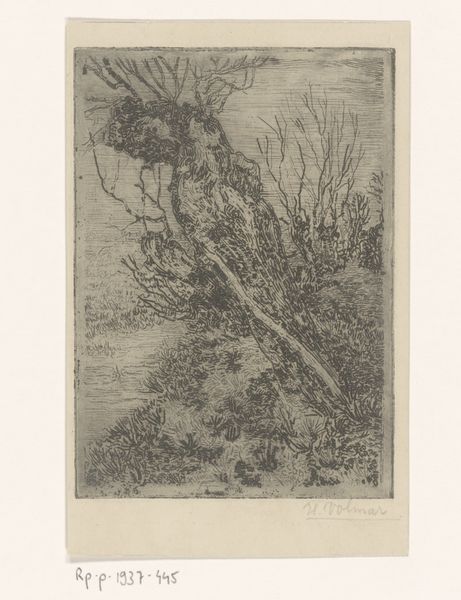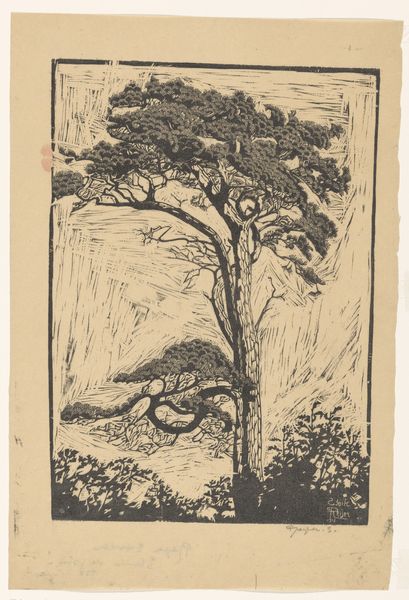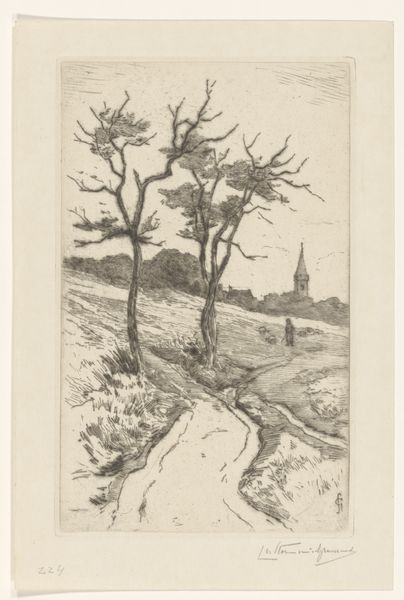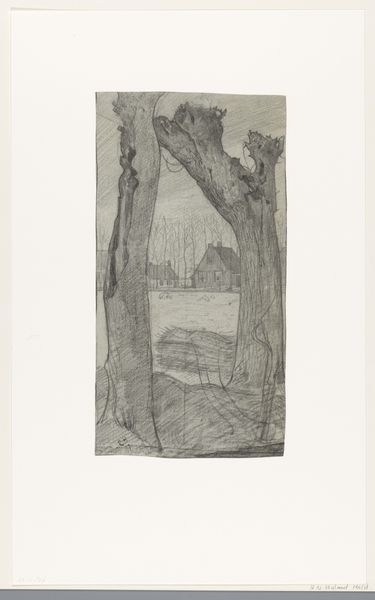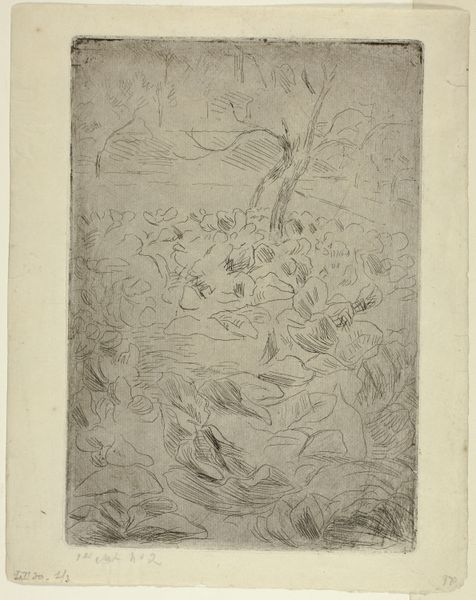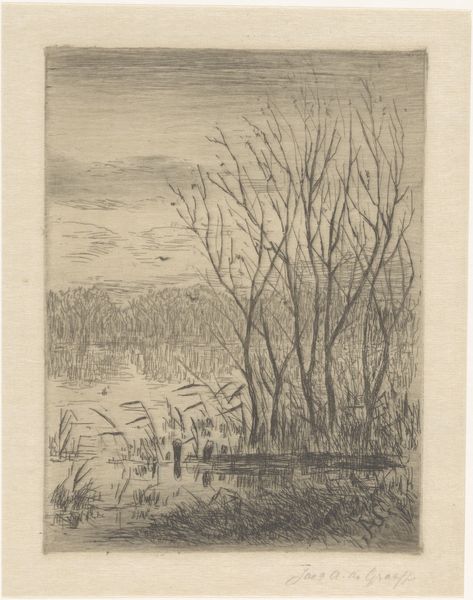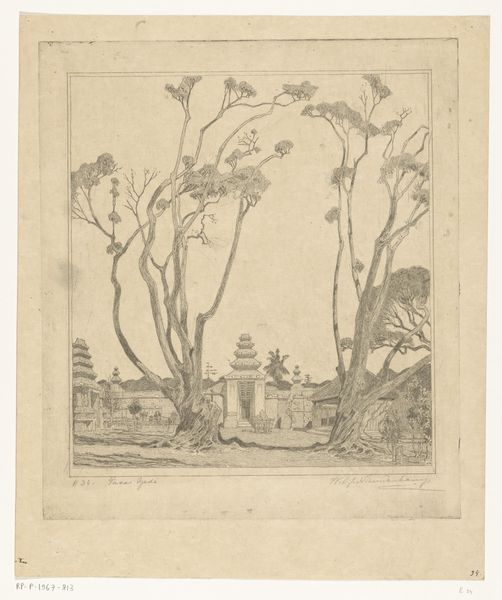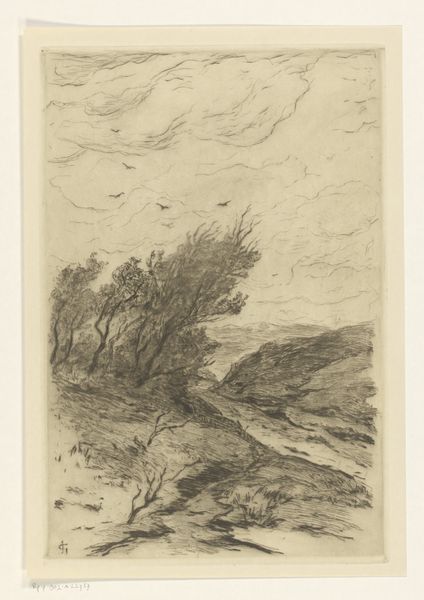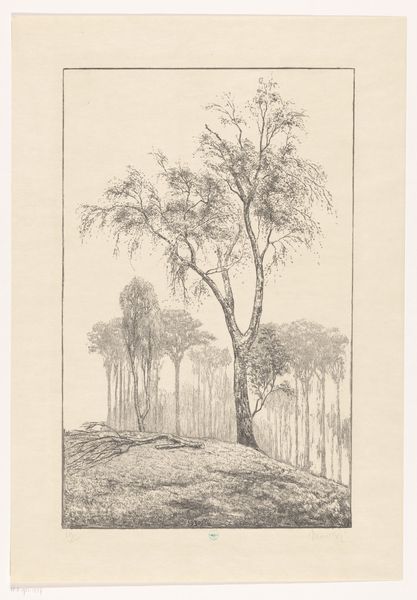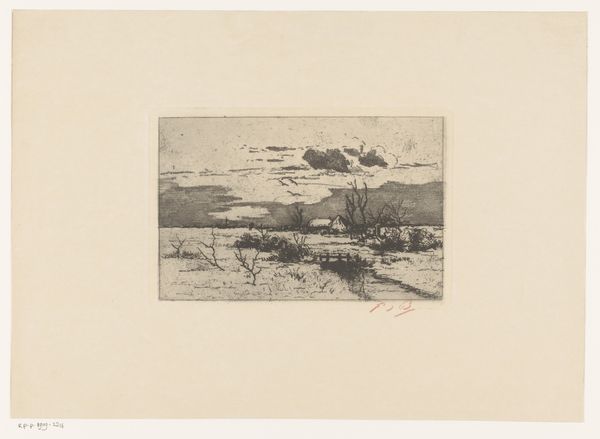
print, etching
#
baroque
#
pen drawing
# print
#
etching
#
landscape
#
history-painting
Dimensions: height 615 mm, width 415 mm
Copyright: Rijks Museum: Open Domain
This print, "Slag bij Rocroi" (right part), was made by Nicolas Cochin sometime before 1686 using an engraving technique. The seemingly simple lines belie a labor-intensive process. Engraving demands meticulous skill, with the artist using a tool called a burin to carve lines directly into a metal plate, which is usually copper. The depth and spacing of these lines determine the amount of ink held and, ultimately, the tonal range of the print. Cochin's mastery is evident in the intricate details of the landscape, teeming with soldiers, horses, and carriages. This method of production – requiring both artistic skill and mechanical precision – has imbued this artwork with social significance. The act of engraving, replicating an image en masse, speaks to the burgeoning print culture of the 17th century and to the battle it represents. Understanding the material and the making offers insight into its cultural value, reminding us that art is not just about imagery, but also the labor and technology that bring it into being.
Comments
No comments
Be the first to comment and join the conversation on the ultimate creative platform.
